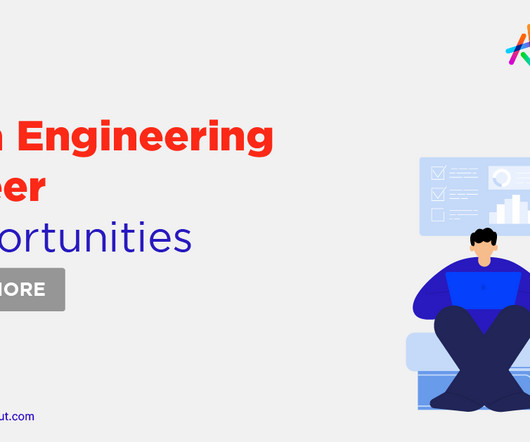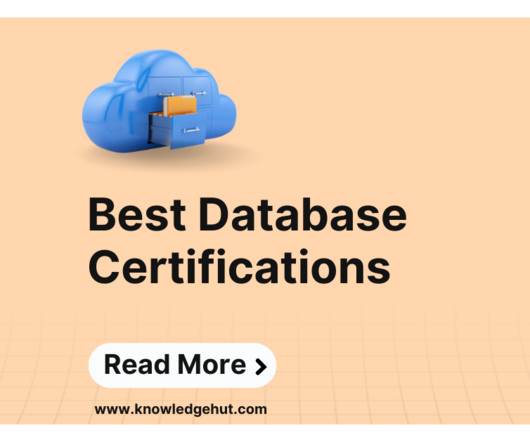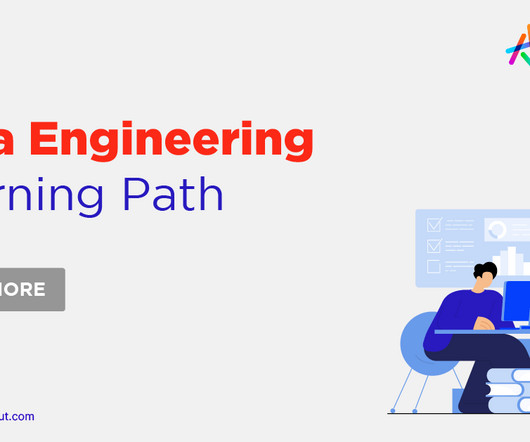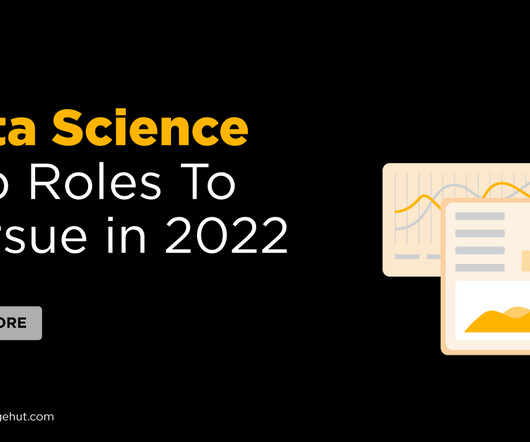Top 7 Data Engineering Career Opportunities in 2024
Knowledge Hut
DECEMBER 21, 2023
Data engineering involves a lot of technical skills like Python, Java, and SQL (Structured Query Language). For a data engineer career, you must have knowledge of data storage and processing technologies like Hadoop, Spark, and NoSQL databases. Understanding of Big Data technologies such as Hadoop, Spark, and Kafka.














Let's personalize your content